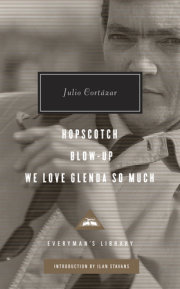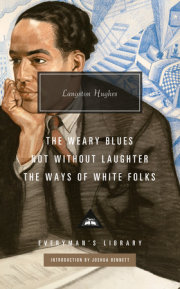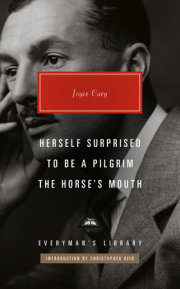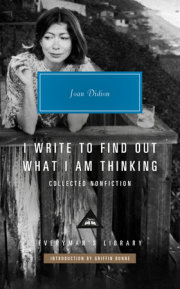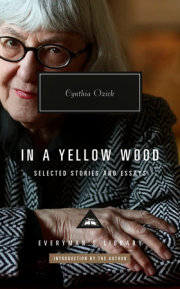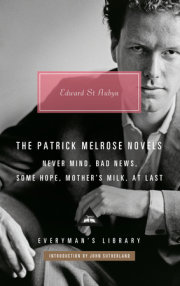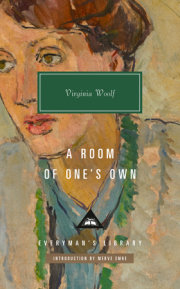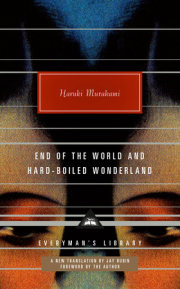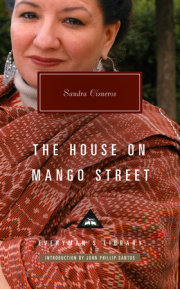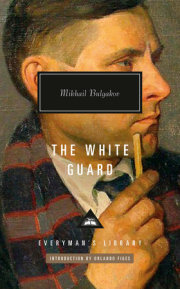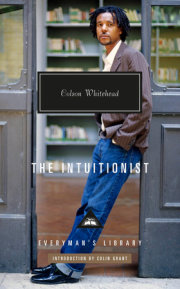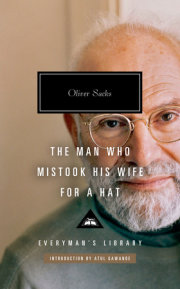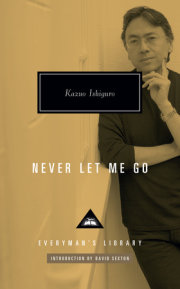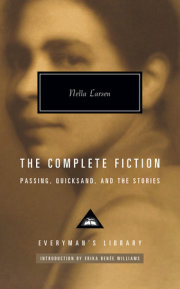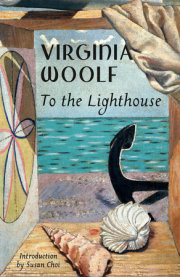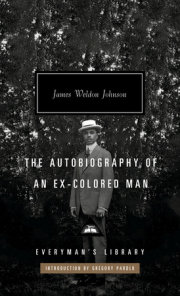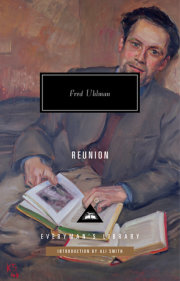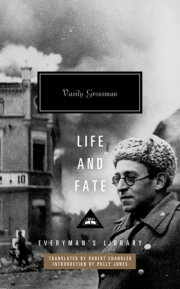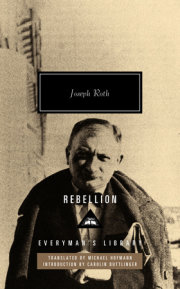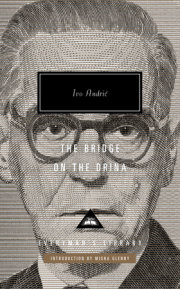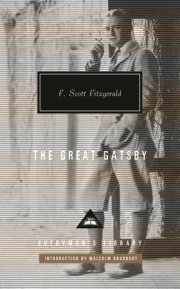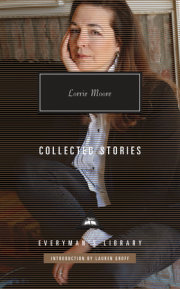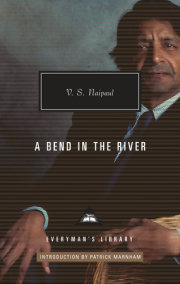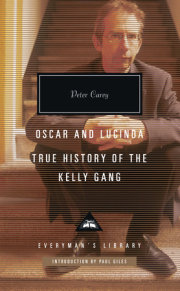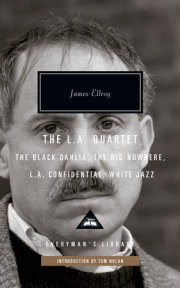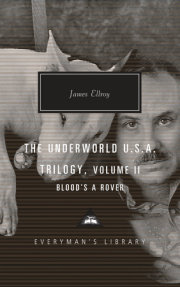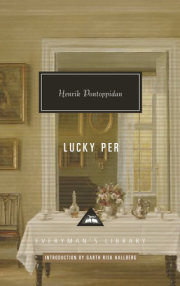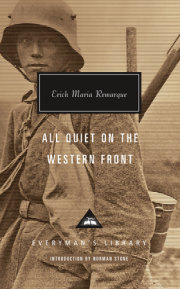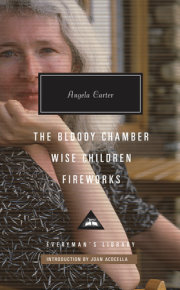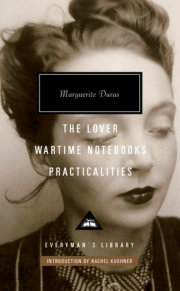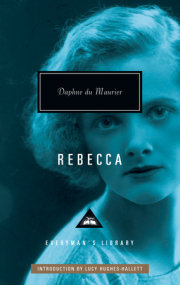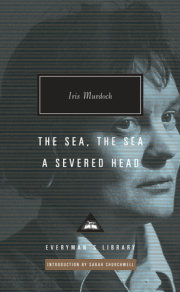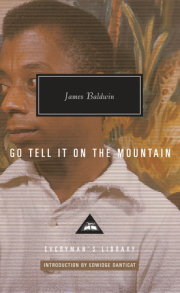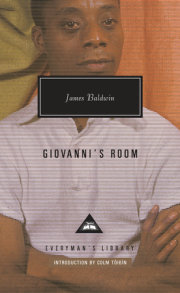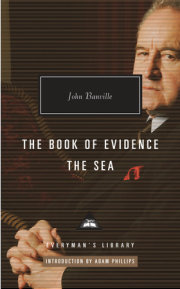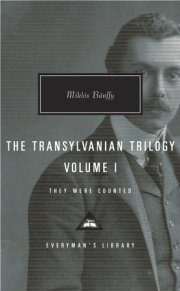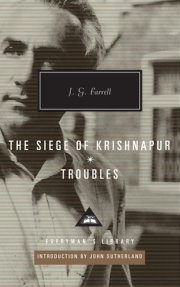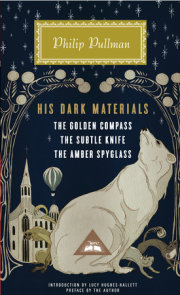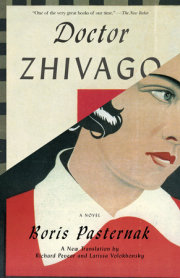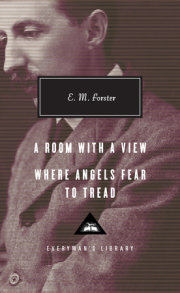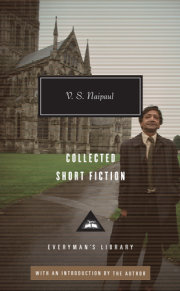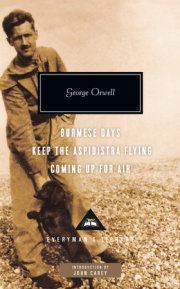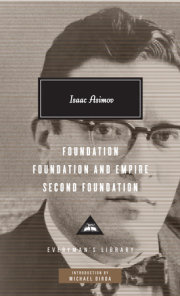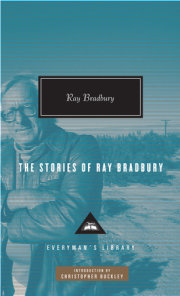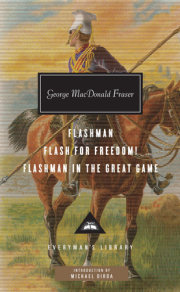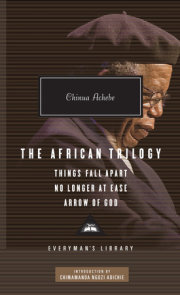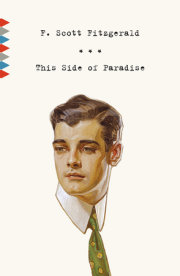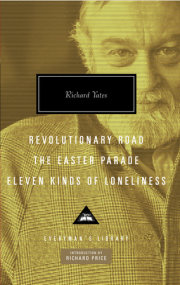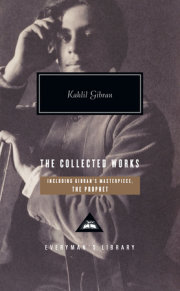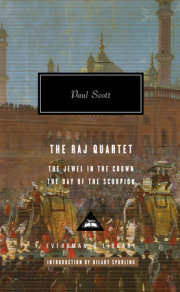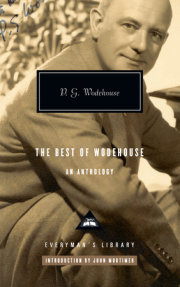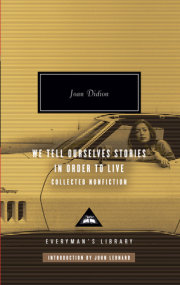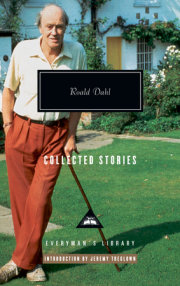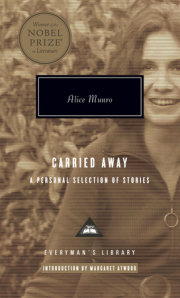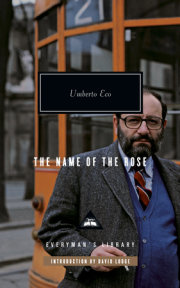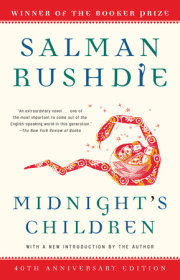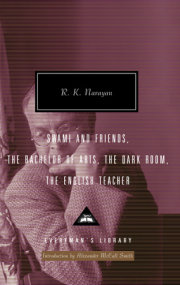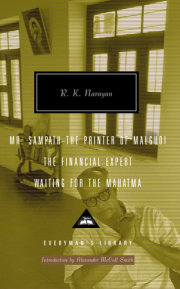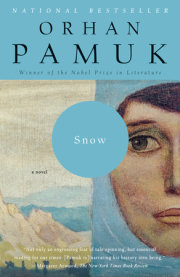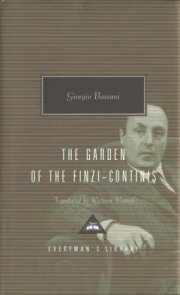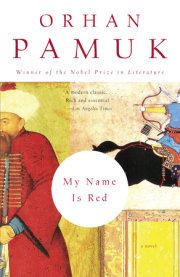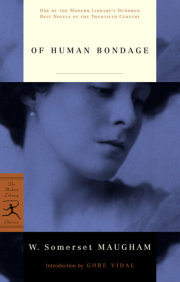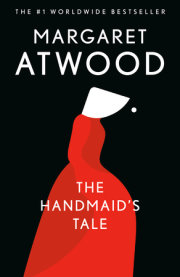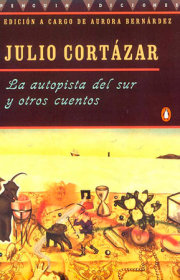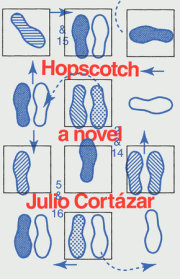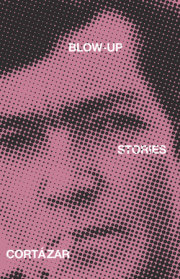Excerpted from the Introduction ---
"All terror is a simplicity." —Ray Bradbury,
Long After Midnight
‘‘Only one thing was strange: to go on thinking as usual . . .’’ Thus announces Julio Corta ́zar’s amphibious narrator in ‘‘Axolotl,’’ a lucid, unsettling story about a Parisian man (or is it a salamander?) who spends his day visiting the aquarium at the Jardin des Plantes, until it becomes apparent he is trapped in the body of a salamander (or is it a man’s?). Everything is strange in this tale: a routine activity quickly turns into a phantasmagoria. Without fully realizing it, the reader witnesses a process of transubstantiation. Mind you, it isn’t like Gregor Samsa in Kafka’s
Metamorphosis because middle-class angst is not one of Corta ́zar’s themes. He is attracted – possessed, even – by displaced identities and the dislocation of contemporary life. Are we truly who we say we are? Look carefully and you’ll realize that the self is less stable in its presentation than we tend to think; in fact, it is in constant mutation, never static, always in the act (and art) of becoming.
Strange? Well, everything around us is strange, even incongruous. To think otherwise is to be a fool. Baudelaire believed that strangeness is a necessary ingredient in beauty. This sense of strangeness is at the heart of Corta ́zar’s oeuvre and distilled in this volume are, undoubtedly, the best examples of his philosophy. My own favorite stories are here. They were originally included in three collections,
Bestiario (1951),
Final del juego (1956), and
Las armas secretas (1959), and they belong to Corta ́zar’s first creative period. Roughly, that period stretches from 1938, when he published his first book, until 1967, when he published the extraordinary volume of essays
La vuelta al d ́ıa en ochenta mundos, translated into English as
Around the Day in Eighty Worlds. Corta ́zar turned upside down the legacy of his namesake, Jules Verne, a science-fiction author he admired, to suggest that the true interplanetary journey in the mid-twentieth century was inwards, into the soul of things. His
Weltanschauung is exemplified by the famous line in
Hamlet (Act II, scene 2): ‘‘O God, I could be bounded in a nutshell and count myself a king of infinite space, were it not that I have bad dreams.’’ After that point, Corta ́zar became infatuated with Fidel Castro’s Communist regime in Cuba. His concerns were what the French call
litt ́erature engag ́ee: the wounds of colonialism, and the spreading of the gospel of revolution. Readers tend to have little patience for this period: all in all, it is less aesthetically exciting, more predictable. Corta ́zar’s fiction aligned itself with a party line. In it he became . . . well, usual.
In contrast, the first Corta ́zar is fresh, incisive, surprising. His fiction in particular displays an elasticity nothing short of stunning. It forces upon us a certain uneasiness, a sensation of restlessness. ‘‘I’m a petit bourgeois blind to anything beyond the aesthetic sphere,’’ he said of himself at the time. Perhaps the right word is ‘‘foreignness,’’ though there is no exact equivalent in English of the Spanish ‘‘extran ̃eza.’’ Aware of the intangibility of what he was after in his writing, Corta ́zar talked of ‘‘el sentimiento de no estar del todo,’’ the sensation of the surreal, of existing in a dream, of never really reaching the here and now. Not coincidentally, Corta ́zar, who in his forties sup- ported himself by doing translations, rendered Defoe’s
Robinson Crusoe into Spanish.* He perceived himself as the sole human inhabitant of a deserted island populated by odd, unwieldy creatures. ‘‘Only by living absurdly,’’ argues Horacio Oliveira in Hopscotch, ‘‘is it possible to break out of this infinite absurdity.’’ Corta ́zar felt this too: ‘‘I happen to have been born not to accept things as they are.’’ It must be made clear, though: foreignness for Corta ́zar is never synonymous with alienation – that state of isolation, of being contemporaneous with others yet feeling left out, which we associate particularly with Kafka. Joyce also explored it, as did Proust, Apollinaire, and Pirandello. Corta ́zar took that emotion a step further. What attracted him was the concept of being a permanent outsider, of never feeling at home. That’s why I like his work: because it is a portable home for those who are intellectually homeless. He was fluent in French, English, and of course Spanish. These languages enabled him to live in alternative universes. Feeling left out for him wasn’t a source of sorrow but an engine of creativity. His agenda was to undermine verisimilitude in literature. To make the surreal real and vice versa.
Physically, too, he was not quite of this world. He suffered from an illness that made his bones grow disproportionately. I vividly remember attending, in the early 1980s, an event in Mexico City, at which he spoke. There was something almost monstrous in his appearance – 6 foot 6 inches tall, his hands and feet oversized, his face as if magnified by a distorting mirror. In short, as fantastical a being as anything found in his fiction.
Corta ́zar, who died in 1984 and is buried in Montparnasse, wasn’t even a proper Argentine, if such thing exists. His full name was Jules Florencio Corta ́zar, and he was born in Brussels in 1914, of Argentine parents but of mixed descent: his maternal grandfather was French, his maternal grandmother German. This, in small part, might explain his penchant for global viewpoints and his intrinsic feeling of being an inveterate interloper. At this time Belgium was occupied by the German forces of Kaiser Wilhelm II, but the Corta ́zars were able to escape to Zurich, where they had family, then to Geneva, and later to Barcelona before returning to Argentina. They settled in the neighborhood of Banfield in Buenos Aires, in 1919. Soon afterwards, the father left the family and the mother alone raised Jules and his younger sister. Wandering, hence, became his foundation – wandering as well as wondering. He belongs to a generation of Latin American literati that came to be known as ‘‘El Boom.’’ The cadre also includes Gabriel Garc ́ıa Ma ́rquez from Colombia (best known for the magisterial novel One Hundred Years of Solitude, which is also about the tension between construction and destruction), Carlos Fuentes from Mexico (Where the Air Is Clear), Jose ́ Donoso from Chile (The Obscene Bird of Night), and Mario Vargas Llosa from Peru (The War of the End of the World). Together they came to be associated with Magical Realism. But Corta ́zar never embraced the concept, perceiving it as somewhat embarrassing. All of reality is magical and all of magic is real. The purpose of the writer isn’t to combine the two to make a credible artifact but to undermine credibility as such. The novel, to be truthful, ought to be fractured, unpredictable, and subversive.
Corta ́zar was something of a ‘‘sandwich man’’ among the Boomistas. He was the oldest of them. On average, the rest were at least a decade younger (Garc ́ıa Ma ́rquez, for instance, was born in 1927 and Vargas Llosa in 1936.) At the other end of the spectrum was Jorge Luis Borges, who might be said to be the fountainhead that fertilized Corta ́zar’s generation. An hombre de letras with interests pointing in divergent yet symmetrical directions, Borges, fifteen years Corta ́zar’s senior, belonged, in more ways than one, to the nineteenth century. He was deeply imbued in the European tradition (his Ficciones are equally Cervantean and Shakespearean) as well as in the Gaucho tradition. In other words, as an Argentine he looked at once inward and outward for inspiration. Corta ́zar’s first story, ‘‘House Taken Over,’’ was published by Borges in 1946, in the magazine Anales de Buenos Aires. It assimilates Borges’ tropes in admirable fashion – the world is turned into a labyrinth. The plot concerns a pair of adult siblings inhabiting a house in Buenos Aires who are utterly uninterested in local affairs (that apathy might well be Corta ́zar’s). The siblings of ‘‘House Taken Over’’ are slowly pushed out of their ancestral home by a mysterious, unnamed force. The tale might be read as a ghost story a` la Poe (one of Borges’ patron saints, whom Corta ́zar translated into Spanish) as well as a parable of Peronism. It might also be seen as a premonition of Corta ́zar’s own existential journey, since he too left his home in 1951, moving to Paris, where he stayed as un exiliado for the rest of his life, figuratively entering a larva state, neither here nor there.
Peronism had forced him out. Or better, it forced him to face displacement as an engine of literature. ‘‘Why have we had to invent Eden,’’ he wrote in Hopscotch, ‘‘to live submerged in the nostalgia of a lost paradise, to make up utopias, to propose a future for ourselves?’’ In the 1960s, with hippies questioning the status quo, embracing Eastern religions, Corta ́zar’s was a leading voice calling for a less dogmatic, more dynamic way to approach reality. He engaged in experimentation – sexual, aesthetic, ideological – because it signified playfulness. He always retained his childhood love of playfulness: the mind not only relaxes through play, it also becomes more lucid, less intolerant.
Play is ruled by serendipity. It is the best way to learn things. It involves humor. And it is always about freedom. In fact, it isn’t difficult to argue that playfulness – in Spanish ‘‘el instinto jugue- to ́n’’ – is the single unifying theme of Corta ́zar’s work, as the stories in this volume testify. The shortest of them, ‘‘Continuity of Parks,’’ is a detective story where the reader becomes the culprit. Incorporated into the second edition of Final del juego in 1964, it erases the border between fact and fiction in ways that have become commonplace today. The story is presented as a game, as is the uncanny ‘‘End of the Game,’’ where children pose as statues in front of a train that runs near their neighborhood. Those statues engage the passengers. Ultimately, they awaken a secret bond between them. That bonding is present also, albeit somewhat differently, in ‘‘The Night Face Up,’’ about an individual who, after a motorcycle accident (like one Corta ́zar had in 1952), enters another dimension, becoming a human sacrifice among the Aztecs. In structure, the story resembles Borges’ ‘‘The South.’’
Arguably the most challenging of Corta ́zar’s stories, and perhaps the most rewarding, is ‘‘Blow-Up,’’ about a photographer who witnesses a crime he seeks to unravel by developing his photographs. In Spanish, it is called ‘‘Las babas del diablo,’’ which means something like ‘‘the devil’s slobber.’’ Included in Las armas secretas, it was first published in English in the collection End of the Game and Other Stories, later retitled Blow-Up and Other Stories after the success of the Michelangelo Antonioni film adaptation in 1966, with David Hemmings and Vanessa Redgrave. This in turn was re-adapted, rather loosely, into Blow Out (1981), directed by Brian De Palma, with John Travolta in the leading role. It is a narrative told in the first, second, and third person, all at once, a story about the quest to tell a story that can’t really be articulated in sequential, coherent fashion: a story about the defeat of literature. Then there is the novella ‘‘The Pursuer,’’ based on the career of jazz master Charlie Parker. This is a haunting – and hunting – narrative about the twisted relationship between a biographer and his biographee. Corta ́zar asks questions that are unavoidable in the genre: who owns the life being delivered in a biography? To what extent is the biographer appropriating, usurping even, his subject’s life? Is their relationship one of tyranny? Can one really tell someone else’s life without perverting it? Corta ́zar’s sustained passion for jazz – jazz is for him what, say, baseball is for Philip Roth – is transformed into a tale where improvisation is handcuffed. ‘‘The Pursuer’’ is the narrative where freedom becomes a casualty.
* He also translated
Memoirs of Hadrian by Marguerite Yourcenar, the first woman ever elected to the Académie Française.
Copyright © 2014 by Ilan Stavans. All rights reserved. No part of this excerpt may be reproduced or reprinted without permission in writing from the publisher.


